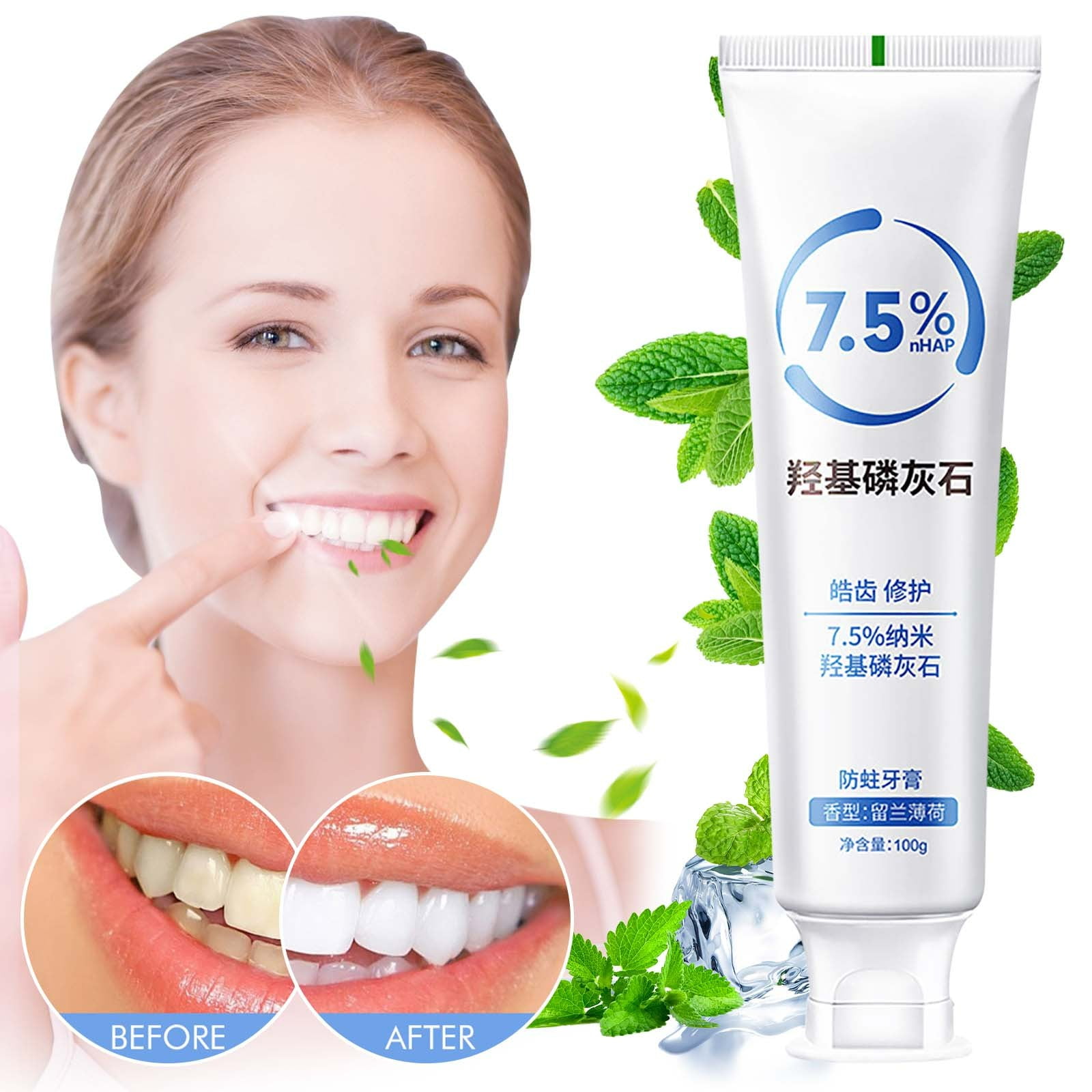Toothpaste For Good Breath: Freshens Morning

The quest for good breath is a universal concern, affecting people from all walks of life. Whether it’s a morning meeting, a first date, or just a typical day at the office, having fresh, clean breath can make all the difference in how confident we feel. One of the most effective and easiest ways to ensure good breath is by using the right toothpaste. With so many options available on the market, choosing the best toothpaste for good breath can be overwhelming. In this article, we’ll explore what makes a toothpaste effective for freshening breath, discuss the different types of toothpastes available, and provide guidance on how to select the best one for your needs.
Understanding the Causes of Bad Breath
Before diving into the world of toothpastes, it’s essential to understand the causes of bad breath, or halitosis. Bad breath can be caused by a variety of factors, including poor oral hygiene, the type of foods we eat, dry mouth, smoking, and certain medical conditions. When bacteria in the mouth break down food particles, they release volatile sulfur compounds (VSCs), which are the primary culprits behind bad breath. Effective toothpastes aim to reduce these bacteria, neutralize VSCs, and leave the mouth feeling clean and fresh.
Key Ingredients for Fresh Breath
Toothpastes designed for good breath typically contain specific ingredients that target the causes of halitosis. Some of the key ingredients to look for include:
- Fluoride: Essential for strengthening tooth enamel and preventing decay, fluoride also helps in reducing the acidity of the mouth, creating an environment less favorable for bacteria.
- Triclosan: An antibacterial agent that helps reduce the amount of bacteria in the mouth, thus decreasing the production of VSCs.
- Chlorine Dioxide: This ingredient is known for its ability to neutralize VSCs, providing immediate relief from bad breath.
- Essential Oils (e.g., Mint, Eucalyptus): Not only do these oils leave a refreshing taste, but they also have antibacterial properties that help in reducing plaque and gingivitis.
Types of Toothpastes for Good Breath
The market offers a wide range of toothpastes catering to different needs and preferences. Some of the notable types include:
- Whitening Toothpastes: While primarily designed to remove surface stains and whiten teeth, many whitening toothpastes also contain ingredients that help in freshening breath.
- Natural or Organic Toothpastes: These toothpastes often use natural ingredients like essential oils and herbal extracts to combat bad breath, appealing to those who prefer a more natural approach to oral hygiene.
- Sensitivity Toothpastes: Designed for individuals with sensitive teeth, these toothpastes can also contain ingredients that help in reducing bacteria and freshening breath, making them a good option for those who experience sensitivity.
Selecting the Best Toothpaste for You
With the myriad of options available, selecting the best toothpaste can seem daunting. Here are a few tips to guide your choice:
- Consider Your Needs: If you have specific oral health concerns, such as sensitivity or gum disease, look for a toothpaste that addresses these issues while also freshening breath.
- Look for the ADA Seal: The American Dental Association (ADA) seal of acceptance is a mark of safety and effectiveness. Toothpastes with this seal have met the ADA’s standards for reducing bad breath.
- Read Reviews and Ask Your Dentist: Sometimes, the best recommendations come from people who have used the product or from professionals who understand oral health. Your dentist can provide personalized advice based on your oral health status.
Enhanced Oral Care Routine for Fresher Breath
While using the right toothpaste is a significant step towards achieving good breath, it’s equally important to maintain a comprehensive oral care routine. This includes:
- Brushing Twice a Day: Pay special attention to the areas where your teeth and gums meet.
- Flossing Daily: Removes food particles and plaque from between the teeth and under the gumline, where a toothbrush can’t reach.
- Rinsing with Mouthwash: Can help reduce bacteria and freshen breath, especially after eating and before bed.
- Regular Dental Check-Ups: Essential for maintaining good oral health and addressing any issues before they become serious.
Conclusion
Achieving good breath is a multifaceted approach that involves using the right toothpaste, maintaining a thorough oral care routine, and addressing any underlying oral health issues. By understanding the causes of bad breath, selecting a toothpaste with the right ingredients, and following a comprehensive oral care routine, you can ensure your breath stays fresh throughout the day. Remember, confidence starts with a smile, and a healthy, fresh breath is the first step towards making a great impression.
FAQ Section
What are the primary causes of bad breath?
+Bad breath, or halitosis, can be caused by poor oral hygiene, certain foods, dry mouth, smoking, and various medical conditions. The breakdown of food particles by bacteria in the mouth releases volatile sulfur compounds (VSCs), which are the main contributors to bad breath.
How often should I brush my teeth to maintain fresh breath?
+It’s recommended to brush your teeth at least twice a day, in the morning and before bed, using a fluoride toothpaste and paying special attention to the areas where your teeth and gums meet. Additionally, don’t forget to replace your toothbrush every three to four months or sooner if the bristles become frayed.
Are there any natural remedies for bad breath?
+Can certain foods affect my breath?
+Certain foods can indeed affect your breath. Foods like onions, garlic, and spicy dishes can leave residues in your mouth that contribute to bad breath. Additionally, diets high in sugar can lead to an increase in bacteria, which can worsen halitosis. On the other hand, foods rich in fiber like fruits and vegetables can help clean your teeth and reduce the risk of bad breath.

